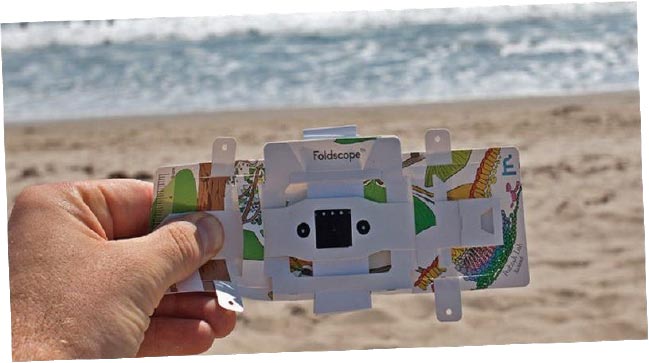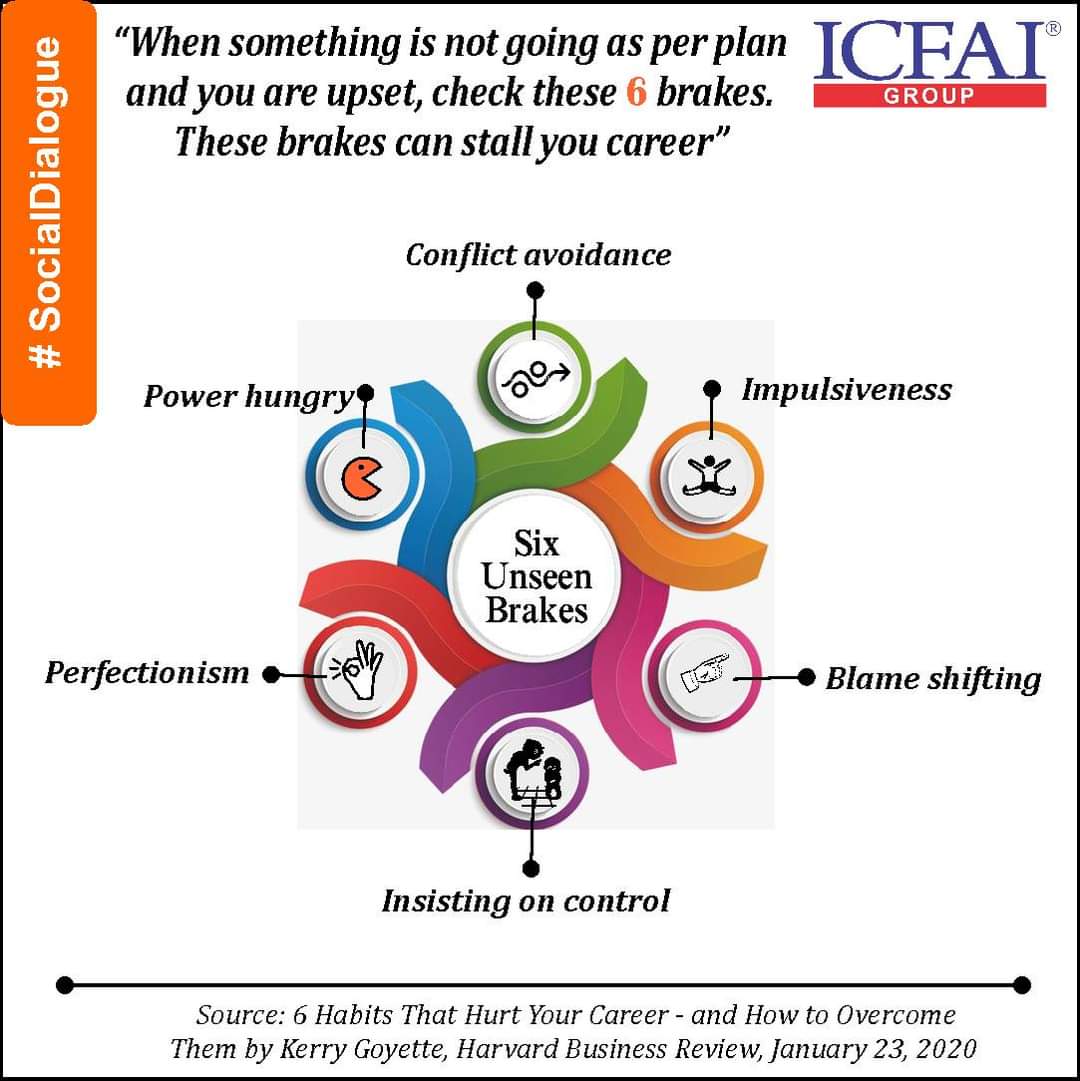
On Friday, Sep 2, we had a very highly insightful session by Ms Nirupama Kaushik who leads the Qualitative research and Innovation practice at Brandscapes. The full session can be viewed at:
These WiseViews seminars are held every Friday afternoon. The past recordings and details of upcoming webinars are available at:
https://online.ifheindia.org/webinar.html
About Ms Nirupama Kaushik
Nirupama has led multi country projects and programs, several innovation and ideation workshops, and has developed exclusive tools and techniques. She has 30+ years of experience spanning ideation, insight development, cultural understanding, concept, communication and product research and New Product Development in the FMCG, consumer durables, technology, and service sectors.
Prior to Brandscapes, Nirupama has worked in AC Nielsen, Research International, TNS and Lowe. She has also worked in the computer education sector in many leading companies.
Uma reads about 100 books per year. She shares her learnings from these books and from her own career in LinkedIn posts regularly.
Nirupama has presented and published papers at various forums and organised national qualitative research seminars, developed training programs and worked on researcher accreditation programs. She has given guest lectures at the IIMs, Christ University, MICA among other reputed institutions. She has been a panel speaker on Women leadership seminars, IIMB Alumni sessions and served on the academic advisory board of a private university.
Nirupama has an MBA degree from Indian Institute of Management, Bangalore and a Master's in Mass Communication and Journalism from Osmania University.
Qualitative research: A primer
Qualitative researchers represent the world in the form of field notes, interviews, conversations, photographs, recordings, etc. They study people and things in their natural settings and try to make sense of phenomena in terms of the meanings people bring to them. These researchers stress the social aspects of reality and the intimate relationship between the researcher and what is being studied. As part of their work, qualitative researchers use ethnographic prose, historical narratives, first person accounts, still photographs, life stories, fictionalized facts, biographical and autobiographical materials, among others.
In contrast, quantitative researchers emphasise the measurement and analysis of relationships between variables. They use mathematical models, statistical tables, graphs and usually write about their research in impersonal, third person, prose.
An interesting story
Nirupama began by pointing out that all of us have a qualitative mindset, that we can tap to gain sharp insights about human behaviour.
She started off with an interesting story to illustrate the kind of insights that can be developed through qualitative research. About 8 years back, Nirupama met a 40-year-old woman entrepreneur, with a background in jewellery, who wanted to sell jewellery online. She was in the middle of a VC funding round and wanted to make a compelling pitch. Her vision was to give the contemporary women of India a special experience.
These women cherished and loved gold but typically locked them away like an asset and wore them only on special occasions. Gold was seen as something large and overwhelming. Many of them wore western clothes to the office and found that the jewellery did not quite fit with their dress. At the same time, they did not want to wear some cheap artificial jewellery. They wanted something in between. Thanks to the qualitative research and the insights it generated, this entrepreneur was able to position her jewellery successfully and take the right product and pricing decisions. Today, she is about to open her 80th store.
Frugal innovation
Nirupama then illustrated frugal innovation with the help of two examples: a spork which can be used as both a spoon and a fork and a tube of toothpaste where the Indian mother tries to extract the last bit. This foundational insight has helped the design of other products like ketch up bottles. The main problem being addressed here is the difficulty in extracting the last drop out of the bottle.

Jugnu: observation and combination
Nirupama then gave the example of Jugnu to illustrate how different concepts can be combined to create something new:

An IIT Guwahati professor Charu Monga has designed these backpacks with solar lights to help kids in villages study. These waterproof backpacks are called ‘Jugnu’ and are made using recycled plastic. The children need not worry about charging this light. Monga came up with the idea during a workshop with the children to develop innovative mindsets. During one such interaction, a young boy recounted the difficulties he faced due to an early sunset and infrequent power supply. These factors were a hindrance to their studies as well as games. The backpack is also useful while climbing hilly areas in the dark. The innovation was born out of careful observation and then combining the terrain, the student, the backpack and the fireflies.
Taking science to the consumer
Nirupama then gave the example of Foldscope, a paper microscope that began as an idea to make science more accessible

Foldscope combines low-cost materials with precision optics to create inexpensive microscopes. With a magnification of 140X, Foldscope can visualize bacteria and microorganisms as well as larger samples like insects, plants, fabrics, and tissues. Foldscope can also attach to mobile phones for imaging. and is waterproof. The cost is less than $ 1. This is yet another great example of insight leading to innovation that has made it easy for people to participate. Innovation rooted in human insight does a great deal of good for any social mission or commercial purpose.
How qualitative research works
Qualitative Research tries to understand human quirks and idiosyncrasies thereby generating ideas to develop innovative products. We often fail to recognize these idiosyncrasies and how they might work in a new context. The inspiration can come from books, movies, technology, etc. But the main source of inspiration is people, especially the segment we are trying to target.
Qualitative research is very simply the art and craft of putting the everyday world of our users, buyers, consumers, and target audiences at the heart of what we do. This kind of research is inspired by consumer needs (met, unmet, noticed, unnoticed), advances in academic discourse and advances in technology. Qualitative research combines anthropology, psychology, technology, and customer needs.
The development of qualitative research
Qualitative research has evolved from conversations into observations and conversations ‘about’ observations. Observation is particularly important in a country like India as we often do not walk the talk. We say something and then do something else. We are nice to each other in a group and hesitate to take a position different from others. But on our own, we behave quite differently.
The tools of Qualitative Research
Psychology: Exploring emotional responses is often a more accurate way of getting to the truth. This is done by using projectives and tasks during interviews to try and “get under the skin” of the responses.
Analysis and Consumer Logic: This involves brainstorming with other researchers on the team to explore the most plausible, robust explanations for opinions, behaviour etc. We use experience, common-sense, category knowledge, etc to develop the most persuasive understanding of consumers.
Applications of Qualitative Research
- Developing or fine-tuning concepts
- Understanding the use of language and meaning: For example, value can mean different things to customers: lower prices, more quantity or locked in benefits.
- Unlocking creativity and imagination
- Identifying and exploring brand imagery
- Developing hypothesess
In short, qualitative research can be used to identify possibilities and opportunities that go beyond the rational.
The three pillars of Qualitative Research
- Group discussions
- In depth interviews
- Ethnographic observations/ Immersion
Today, the emphasis is on co creation with customers. We don’t treat them as guinea pigs. We also use triangulation, i.e. collect information from different sources to piece together the full story.
Case study: Strengthening a dairy brand
A dairy brand wanted to drive up milk consumption during the mornings. To do so, it was imperative to make drinking milk in the morning a habit. This was a three-country study involving Vietnam, Nigeria and Greece.
The research team dug deeper to understand the rituals, routines, activities, moods during the mornings and what households were seeking in their morning meals.
The team found out that the term morning is too broad. There are three mornings within each morning- “a waking up” morning (a cup of tea), a “doing morning” for about 45 minutes (scrambling to get everything ready and seeing people off) and a “Thank God everyone is gone” morning. Based on these insights, the team came up with a strategy.
Product usage: Some surprising insights through qualitative research
Do consumers follow instructions on product usage? They seem to do so only if they are new consumers. Otherwise, they subconsciously imitate bloggers, movie stars and beauty experts even more! For example, they massage themselves after applying skin cream, believing it will penetrate the inner layers.
Why aren’t people using more of a hand wash when health is so important? How can we make it more compelling? The team used a mixed bag of traditional and innovative effective methodologies to unearth anecdotal & behavioural evidence. The team found that the product was in the kitchen, not the bathroom.
Exploding some myths
Qualitative research has exploded various myths.
- Men can be very emotional; women can be very rational.
- Seniors believe they will not age till they don’t look it or feel it. They feel old only when they have financial or health problems. But young women in their 20’s fear their skin is ageing – because of pollution and stress!
- We must not `talk down’ to consumers- how can `one drop’ of something do wonders unless we explain that it is concentrated, or power packed and with what?
- Behavior is difficult to change- but not impossible – provided we want the consumer to win, not just our brand/product/service.
- In Asian markets, modernity is overrated and can seem frivolous.
- Storytelling always works- but it needs solid facts too!
Best practices in observation
- We must observe not just people like us. We should not cherry pick or curate the `convenient ‘consumer.
- We must immerse, not intervene, or interrogate.
- We must capture our thoughts via sticky notes, scribbles, and pictures.
- We must engage with an open mind and naïve curiosity.
- An observation always has to do with behaviour. “It’s a mess in the cafeteria.” is not an observation, “I see someone throwing away the bread bun and eating the burger patty”, is an observation.
- I see ...
- I hear ...
- She/he said / were...
We must write down the observations starting with:
- We may see someone go into many shops and try things on but not actually buy anything.
- We should watch people’s body language. Arms folded could mean a barrier / that someone is not comfortable. Leaning forward can mean interest.
- If we would like to know more than just watching, we can ask questions like
- “Tell me more about…”
- “I was wondering what you meant when you…”
As the famous saying goes, “Inspiration does not need new landscapes. It just needs a fresh pair of eyes.”
Dos and Don’ts of Qualitative Research
- Have an open mind.
- Do not be anxious about the outcomes.
- Don’t judge.
- Don’t ask why. Instead say…. tell me more, and
- It is not a court trial.
- We should leave it open.
- It should be a conversation.
- Do not interrupt when the respondent is speaking.
- Don’t ask questions that can be answered with yes or no.
Q&A
On her journey
Being a qualitative researcher is not like being a software engineer. We do not wake up one morning and decide to get into qualitative research. We come into qualitative research out of a calling.
Nirupama’s own background of having studied in different schools and languages, background in communication and her MBA course combined to help her to arrive in qualitative research. Embracing the qualitative mindset has been a long and interesting journey. It is about moving away from doing to reflecting. It is about working closely with the marketers and unlocking insights.
Quantitative vs Qualitative research
Typically, qualitative research is used for early ideation, exploration and unlocking segments. Quantitative research comes at the end of the funnel to size the market. The two work together and should not be considered adversaries. Qualitative research needs to be paid by value, not by effort. In many cases, the value it generates is not fully appreciated by customers.
Qualitative research can provide a compelling point of view, but it cannot substitute the decision making of the marketer. Marketers must take the call
When we do not know the lay of the land, it often makes sense to start with qualitative research. This is also useful when we are trying to get ideas. Sometimes, quantitative research may identify multiple potential segments and their sizes. Qualitative research may be used to decide which segment to tap first.
Sometimes only qualitative or quantitative research is done and not both. The key thing is not to get hung up on the methodology and instead focus on the objectives.
Crafting insights
Insights are crafted after several iterations and are often the collaborative efforts of multiple teams. Consider the TVS Scootie which was positioned as a dream machine on the plank of Japanese technology with the campaign using Japanese women. The campaign seemed to tick all the boxes. The locations were great and so were the lyrics and music. But qualitative research revealed that the vehicle was viewed not as a dream machine but as a compromise to a “proper” bike such as Harley Davidson or Rajdoot. Also, people wanted Indian women in the ads rather than Japanese women.
The job of qualitative research is to come up with sharp, polar insights. If we go by the averages and make a product acceptable to everyone, we may make it desirable to none.
An MNC wanted to launch a virgin coconut oil in India. This product was more popular in the west than in India. In India, customers viewed virgin oil as less potent and having less coconut content. Qualitative and Quantitative research came together to develop the marketing/segmentation strategy.
From insights to products
Many customers take too long to complete this stage. They get nipped at the post by a rival. Digital gives us opportunities to develop a quick feel and start doing something. We must get in there first and then modify the pitch. Fail fast, learn quickly and byte sized approaches are the order of the day. As Nirupma mentioned, the value of perfect information is zero. We must be able to embrace a “semi kichadi state”.
Entrepreneurs are more likely to be aligned with the philosophy of qualitative research. They have a lot of passion born out of a deep understanding of a customer's needs. The problem with them is that as they scale up, they may not remain true to their core values. Sometimes, entrepreneurs are so passionate about their point of view that they may block all feedback.
Role of leadership
Leadership is necessary to ensure that the original research objectives are not forgotten, the commitment to qualitative research remains (even if there is some scaling down) and budgets are protected. Good leaders demonstrate conviction and faith in the project.
In person vs Digital
Digital expands the reach and access. For one important customer, it was only because of digital that Nirupama could complete her discussions with young mothers in some smaller towns during the pandemic.
Online research is more democratic but in offline research, expertise and experience are needed to interpret body language, etc. Online enables people to be more candid. In offline discussions, the participants tend to be reverential and nice to the moderator. In an online format, they may be forthcoming. Various digital tools are available including Teams and Zoom. At the end of the day, what matters is not the medium but the right kind of questions to understand consumer motivation and generate valuable insights.
Start-ups vs Universities
Why do start-ups come up with innovations and not universities? Why do start-ups get funding far more easily?
Educational institutions are focused on problems while start-ups are focused on opportunities. Start-ups get funding because passion is more important than logical thinking. Academics are obsessed with published research which is about the past while start-ups are focused on tomorrow. As Prasad added later, educational institutions are also more focused on quantitative research while entrepreneurs often go with the intuition.
Ultramarathoners
Running long races is less about strength and more about endurance. More than the body, it is about mind and spirit. Think of the African runners, who usually have a slender build. So qualitative researchers can throw up insights on the triggers, barriers and motivations that ultimately decide whether someone will complete and indeed go on to win the race.
Multimethods research
This is becoming more important. Many people are needed. But we need one lead methodology with supplementary methodologies. This will ensure alignment and prevent different groups from working at cross purposes.
Content analysis
This is also a part of qualitative research and depends on the transcript. Unlike voice, we cannot understand the body language behind the words. While it can capture the dominant themes, it may not be able to capture the context sufficiently. But such analysis can free up the time of researchers and enable them to focus on meaning.
Right sample size
The sample should be large enough to give us a good flavour. We need width and different voices.
The type of sample is important. It is useful to have a more heterogeneous profile at the beginning of the funnel and a more homogenous profile at the end of the tunnel. One longitudinal customer (whom we study over a longer period using multiple methodologies) is more useful than 4 customers separately studied.
Qualitative research in educational institutions
Educational institutions can run pilots and experiments to understand what is working and what is not. It is important to remain in a permanent pilot mode so that changes can be made to the curriculum and pedagogy on an ongoing basis.
